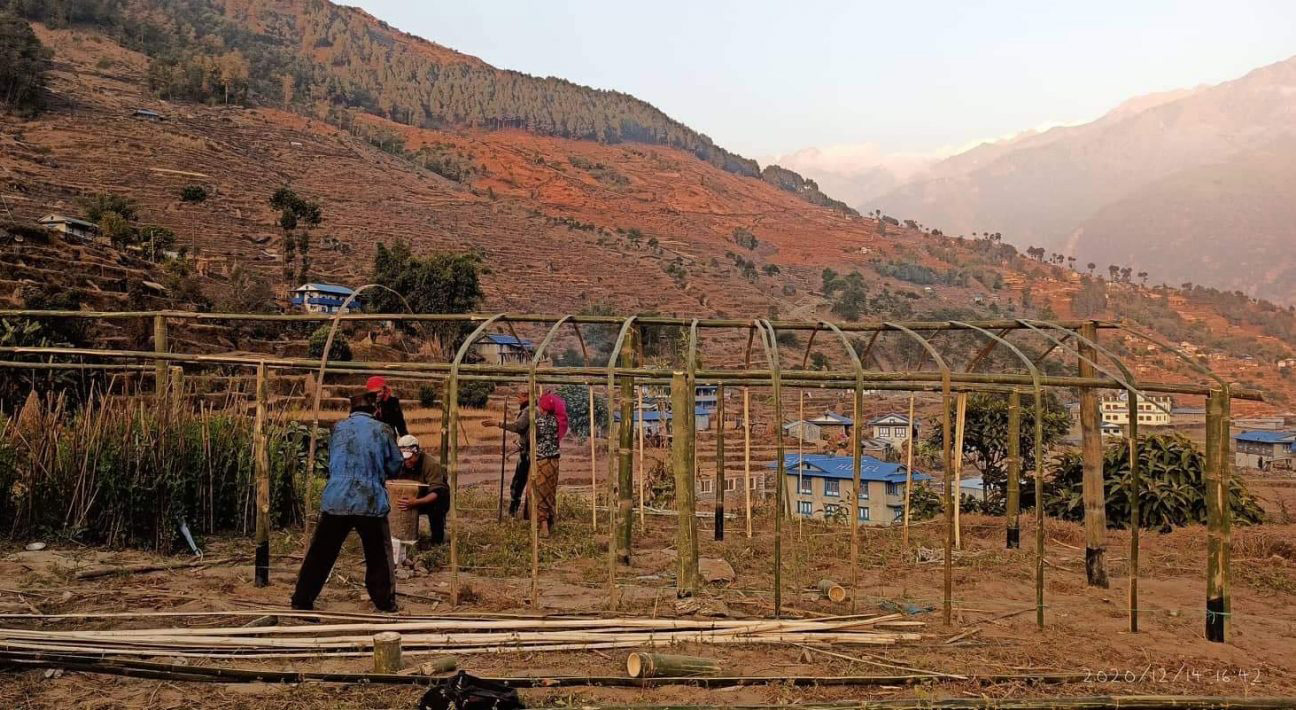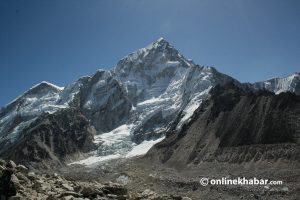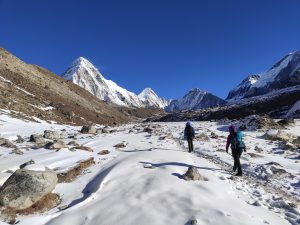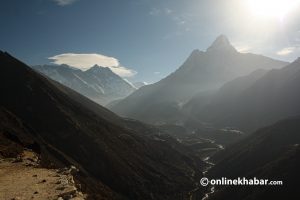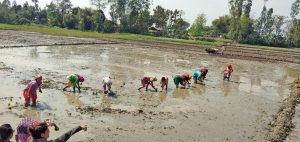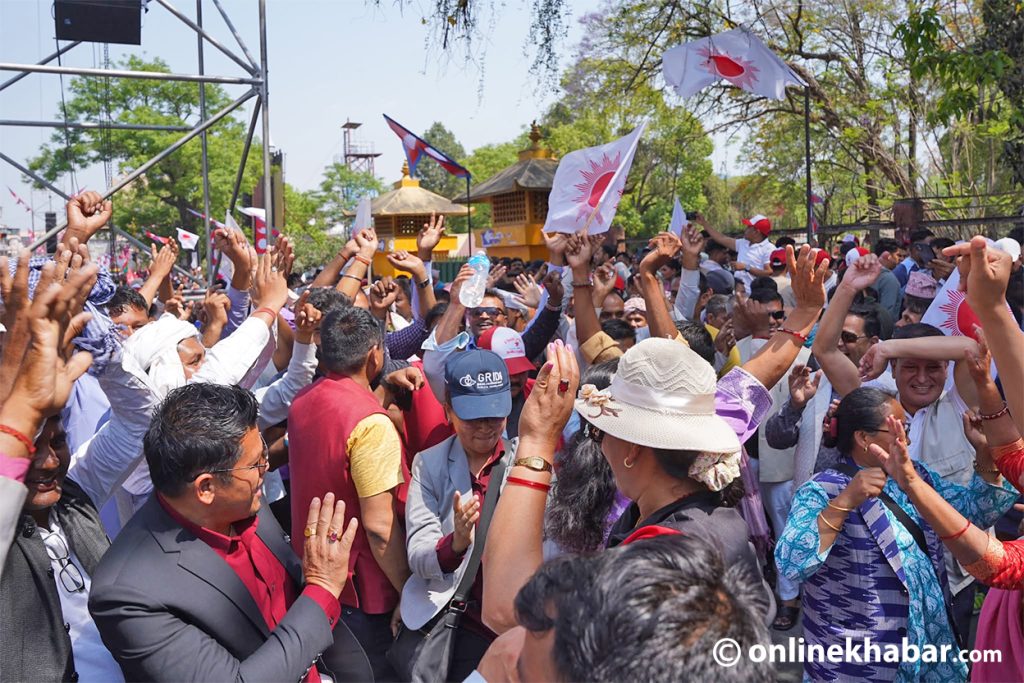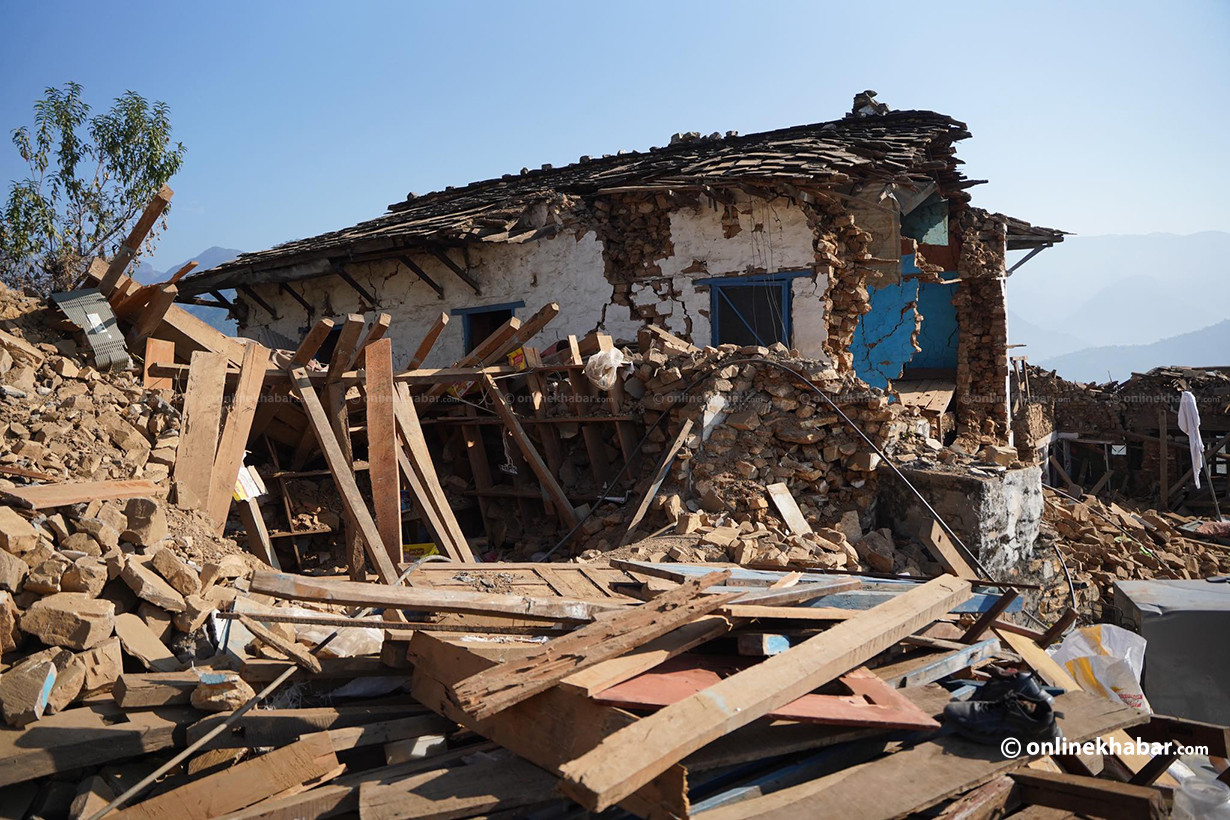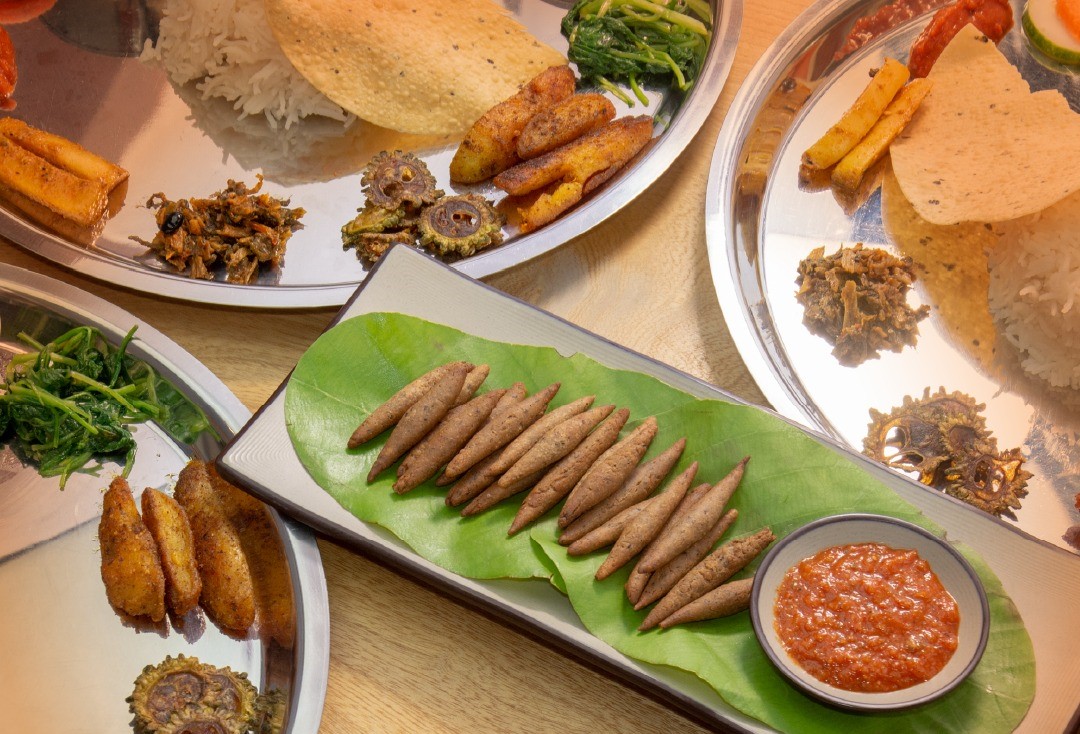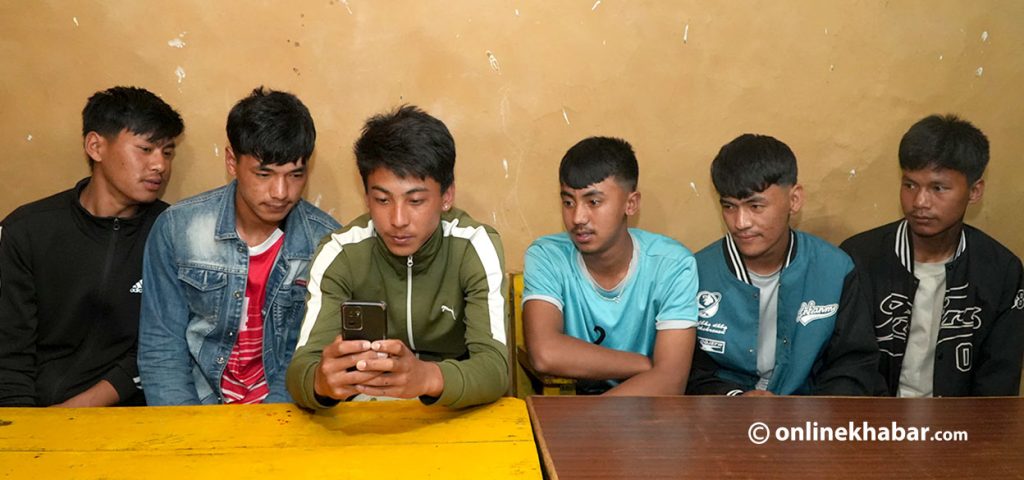Growing up in Monjo in Khumbu in the Everest region of Nepal, Pemba Sherpa, 25, always wondered where people that she would see passing her village carrying vegetables, rice and other goods came from. She would often help them, offering them a hot tea or water. But, deep inside, she wanted to know more about them and help them in a better way.
Most of these people came from villages below Khumbu, such as Chheskam, Bung and Jubing. They came up looking for jobs to sustain themselves. Some worked as labourers while others worked as porters. With limited opportunities in their home villages, they felt that going to Khumbu, which sees over 500 visitors a day during peak tourist season, was the right thing to do as it would help them earn a living, a better living.
“It was their only option,” says Sherpa. “I always wished I could help them”
Having wanted to help them for a while, Sherpa, who is currently pursuing a degree in environment and Development studies at the Ritsumeikan Asia Pacific University of Japan, has recently launched a project to help people from remote areas in Nepal. The project aims to build 33 sustainable greenhouses in the remote village of Chheskam in Mahakulung rural municipality and help locals sustain themselves during Covid-19 and after it through agriculture.
Project against poverty

“It’s a small initiative through which we want to alleviate poverty in the area. The project is small, but the hope is we can encourage people to get into agriculture so that they don’t have to buy food at an extortionate rate,” she says.
The project is being carried out by a student-led organisation Development Deeds (DD), which has two Nepalis and two Japanese members. The funds for the project have been obtained by DD through Ritsumeikan Asia Pacific University and a grant it got from Japan. The team members had planned to come to Nepal themselves and initiate a culture exchange programme of a sort. But, due to travel restrictions amid the pandemic, they were asked not to leave Japan.
Their initial plan was to conduct the project in the remote villages of far-western Nepal, but they were recommended not to go there as it was hard to travel there during the pandemic and were warned about the people not being cooperative enough.
Then, Pemba even thought about doing it in Khumbu (the upper region of the Solukhumbu district that also includes Everest) itself but felt that the villages in Solu (the lower region of the district, which is remoter) would be a better place to do the project.
Pandemic and beyond

“Since Covid-19 has taken away earning opportunities from these people, we wanted to do something for them. The first phase of the project has been completed and the response we have been getting is proof that we’re on the right track.”
Ambir Kaji Kulung is one of the beneficiaries of the project. Kulung worked as a porter for Everest climbers and trekkers before the pandemic. The contagion snatched away his job and he was worried about having two meals a day. But, thanks to the project, he has been able to barter some of the vegetables for grains and also been selling them to labourers of a hydro project nearby.
“Things were looking bad, but thanks to this project, we have something to look forward to in the future,” says Kulung.
Chheskam is one of the least developed areas in the district. The place is only just getting road access, else, it takes a 24-hour journey to reach there from Kathmandu. With people now being able to grow vegetables, they feel that with the road access, in a few years’ time, they can even send it down to areas like Salleri and Jiri.
“We’re not getting carried away, but there are opportunities,” says Kulung.
Progress and plan

The first phase of the project has already constructed 11 bamboo greenhouses in the village. Sherpa says that they choose bamboo because it was a cheap alternative to metal which can work as an encouragement to villages nearby to do something similar.
“We want to empower them. It doesn’t cost much and will easily last a decade,” she says.
The project has also helped the locals with seeds of vegetables that are possible to grow in the areas.
“People often cultivated crops like maize and buckwheat along with some seasonal veggies and potatoes, but this greenhouse gives them the opportunity to do so much more,” says Dipak Bhujel, the project coordinator.
He says that the locals have been quite pleased with their yield as the remaining houses have been asking him when their greenhouses will be ready.
“The second phase is ongoing as we’re constructing 15 more which should be ready soon. After that, we’ll finish the remaining seven,” adds Bhujel.
The local bodies are also pleased with the project, says Bhujel, as the rural municipality is talking about opening cold storage facilities in the area and distributing it to areas like Salleri, Lukla and Namche.
“There will be a demand for the products, but supplying it will be a challenge. But, the locals are hopeful that local government will help them out,” he says.
Sherpa says that she is very happy that people have taken this positively as she feels that this can be a good way that the village can sustain and empower itself through projects like this.
Photos: Development Deeds



